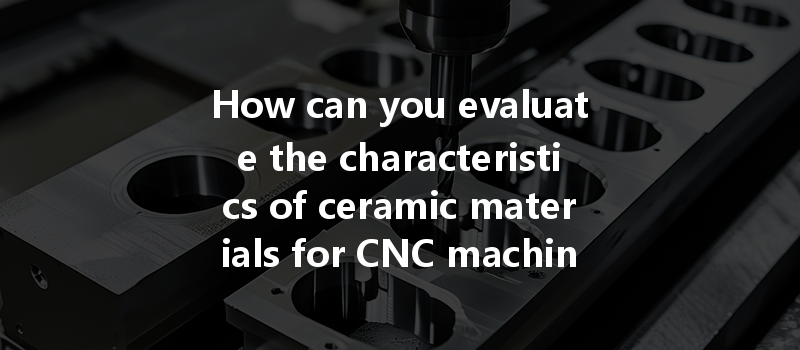Opening
Did you know that the global ceramic materials market is projected to reach approximately $300 billion by 2026? Ceramics are becoming increasingly popular in various manufacturing sectors, especially in CNC (Computer Numerical Control) machining, due to their unique properties like high hardness, thermal stability, and chemical resistance. But how do manufacturers evaluate the characteristics of these materials to ensure that they perform optimally in CNC machining? This blog will delve into detailed methods and key considerations for assessing ceramic materials for CNC applications.
Understanding Ceramic Materials
To effectively evaluate ceramic materials for CNC machining, it’s essential to understand the types of ceramics commonly used. Generally, ceramics can be classified into three main categories:
Each category possesses unique characteristics impacting its machinability, durability, and application in CNC machining.
Key Characteristics of Ceramic Materials
When evaluating ceramics for CNC machining, it’s crucial to consider a variety of mechanical and physical properties:
Evaluating the Characteristics
To properly assess the properties of ceramic materials for CNC machining, manufacturers often engage in material testing and analysis methodologies, including:

With advancements in technology, finite element analysis (FEA) has become a crucial tool for simulating machining operations. By modeling machining processes virtually, manufacturers can predict potential issues such as tool wear, thermal effects, and microstructure changes. This predictive modeling helps in scenario planning and minimizes real-world errors.
The choice of tool material and geometry can significantly influence machining outcomes. With ceramics, diamond-tipped tools are typically used. Evaluating available tools for hardness, edge retention, and thermal shock resistance is essential in enhancing machining efficiency.
Factors like feed rate, spindle speed, and coolant usage need to be meticulously evaluated. In ceramic CNC machining, lower feed rates coupled with higher spindle speeds are often recommended to minimize tool wear. Implementing coolant strategies is not just beneficial for preventing thermal damage but also for reducing overall machining costs.
Once machining is complete, it’s vital to conduct a thorough inspection of the parts for defects. Techniques like X-ray computed tomography, ultrasonic testing, and surface roughness measurements can detect any internal or surface anomalies. This step ultimately ensures that the manufactured parts meet the required standards and specifications.
Challenges in Evaluating Ceramic Materials
While the characteristics of ceramic materials offer numerous advantages for CNC machining, several challenges can arise:
The evaluation of ceramic materials for CNC machining is an intricate process that necessitates a multifaceted approach. By focusing on material properties, conducting thorough testing, employing simulations, optimizing machining parameters, and precision inspections, manufacturers can enhance their machining operations effectively.
Ultimately, the specialized nature of ceramic materials makes them valuable assets in high-performance applications. As industries evolve and the demand for advanced ceramics grows, refining evaluation methods will be paramount for successfully harnessing their benefits.
This blog serves as a reminder of the importance of understanding ceramic materials in CNC machining. As we look toward a more advanced manufacturing future, the ability to evaluate materials accurately will become increasingly critical in maintaining competitiveness and achieving high-quality results. Therefore, staying informed about the unique properties and evaluation techniques of ceramic materials is vital for any manufacturer seeking to leverage CNC machining for the production of high-performance components.






